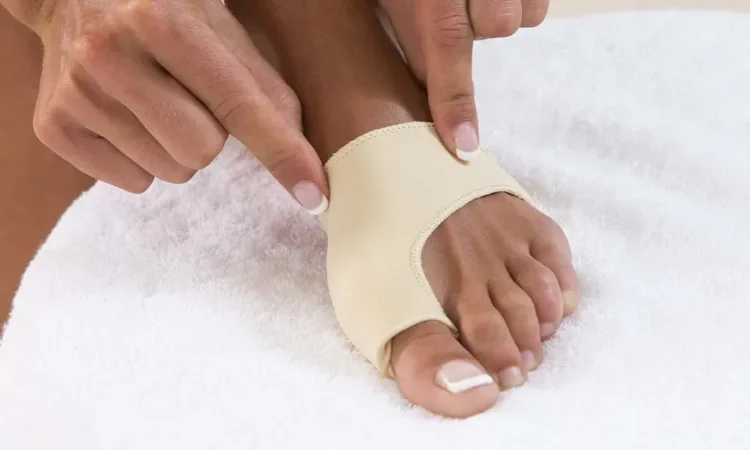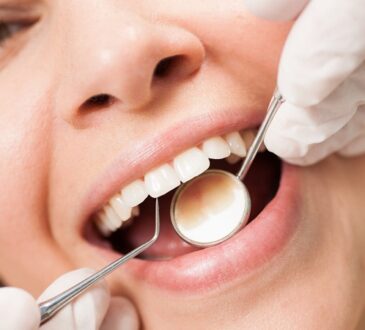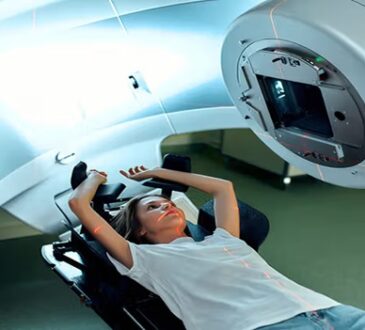
Bunions are a common foot deformity that can cause significant discomfort and affect your daily life. If you live in Maryville, IL, and are experiencing pain or changes in your foot structure, understanding bunions and their treatment options is crucial. This detailed guide will provide you with valuable insights into the causes, symptoms, and treatments of bunions, helping you make informed decisions about your foot health with the help of foot and ankle specialist in Maryville, IL.
What Are Bunions?
A bunion, medically known as hallux valgus, is a bony bump that forms on the joint at the base of your big toe. This condition develops when the bones of the big toe shift out of place, causing the tip of the toe to be pulled toward the smaller toes and forcing the joint at the base of the big toe to protrude outward. Over time, this misalignment can lead to pain, inflammation, and swelling.
Causes of Bunions
Several factors can contribute to the development of bunions, including:
1. Genetics:
Inherited foot structure and mechanics can make you more prone to developing bunions. If bunions run in your family, you may be at a higher risk.
2. Improper Footwear:
Wearing tight, narrow shoes, high heels, or shoes with pointed toes can exacerbate the misalignment of the toes and increase the risk of bunions. These types of footwear place excessive pressure on the toes and joints.
3. Foot Injuries:
Trauma or injuries to the foot can alter the alignment of the bones and lead to the development of bunions.
4. Arthritis:
Conditions such as rheumatoid arthritis or osteoarthritis can cause inflammation and changes in the joint structure, contributing to bunion formation.
Treatment Options for Bunions

The treatment of bunions depends on the severity of the condition and the level of discomfort you’re experiencing. Here are some common treatment options:
1. Conservative Treatments:
- Proper Footwear: Wearing shoes with a wide toe box, low heels, and good arch support can help alleviate pressure on the bunion.
- Orthotic Devices: Custom orthotic inserts can provide support, redistribute pressure, and improve foot mechanics.
- Padding and Taping: Non-medicated bunion pads can cushion the affected area while taping or splinting can help align the toes.
- Medication: Over-the-counter pain relievers such as ibuprofen or acetaminophen can help reduce pain and inflammation.
2. Non-Surgical Interventions:
- Physical Therapy: Specific exercises and stretches can strengthen the muscles around the foot and improve joint function.
- Injections: Corticosteroid injections can provide temporary relief from pain and inflammation.
3. Surgical Options:
- If conservative treatments fail to provide relief, surgical intervention may be necessary. The type of surgery will depend on the severity of the bunion and may include:
- Bunionectomy: Removal of the bony bump and realignment of the bones in the foot.
- Osteotomy: Cutting and realigning the bones to correct the deformity.
- Arthrodesis: Fusion of the affected joint to alleviate pain and improve stability.
Seeking Help in Maryville, IL
If you’re experiencing symptoms of a bunion, don’t wait to seek professional help. In Maryville, IL, several qualified foot and ankle specialists can provide comprehensive care for bunions. They can diagnose the condition, recommend appropriate treatments, and guide you through the process of finding relief.
Bunions can be a painful and disruptive condition, but with the right understanding and treatment, you can manage your symptoms and improve your foot health. In Maryville, IL, you have access to experienced specialists who can help you navigate the best treatment options for your bunion. Whether through conservative methods or surgical intervention, seeking professional advice is the first step toward a pain-free and active life. Don’t let bunions hold you back—take action today and regain your foot health.




